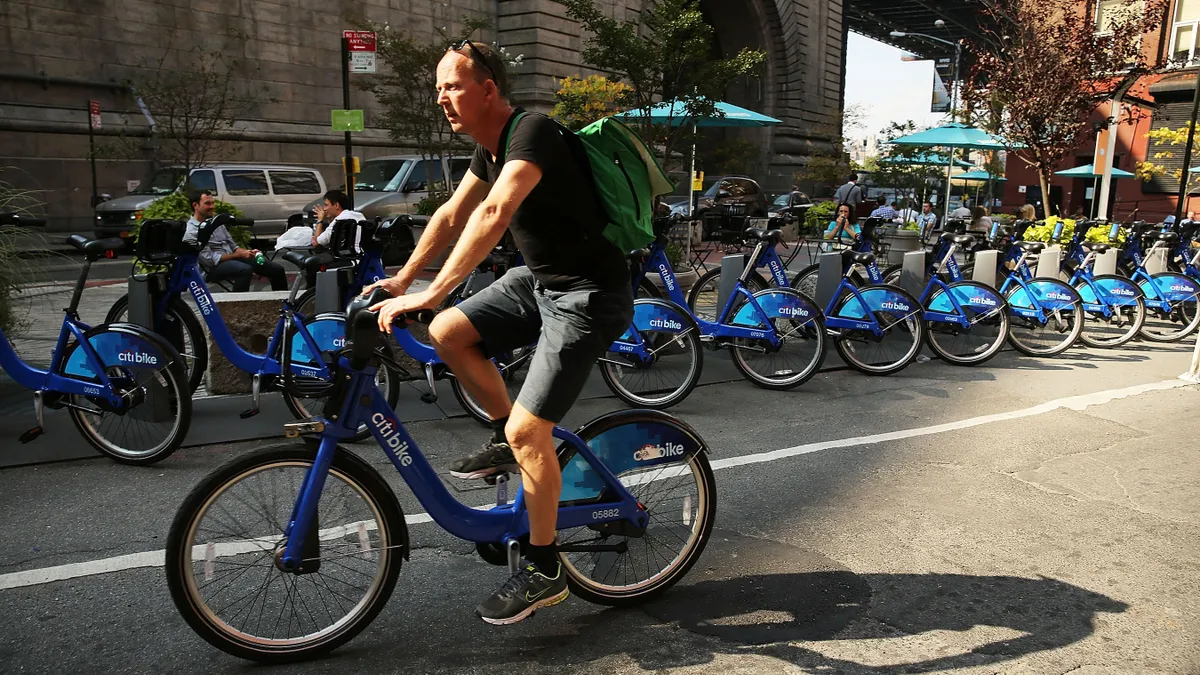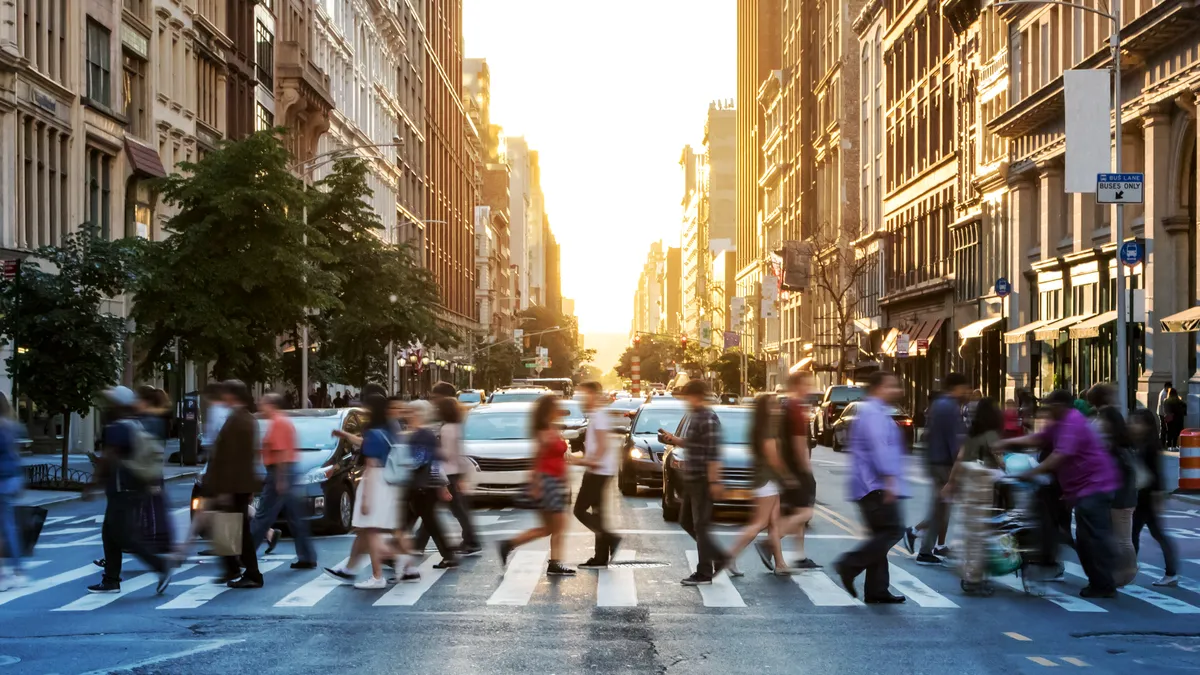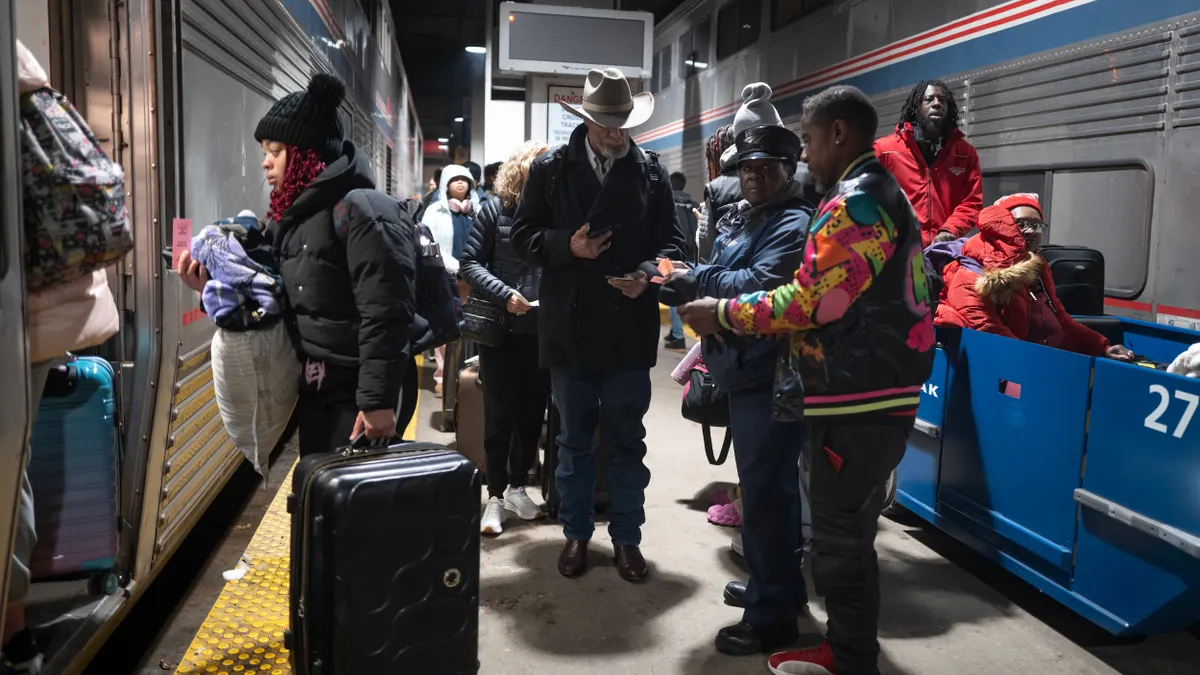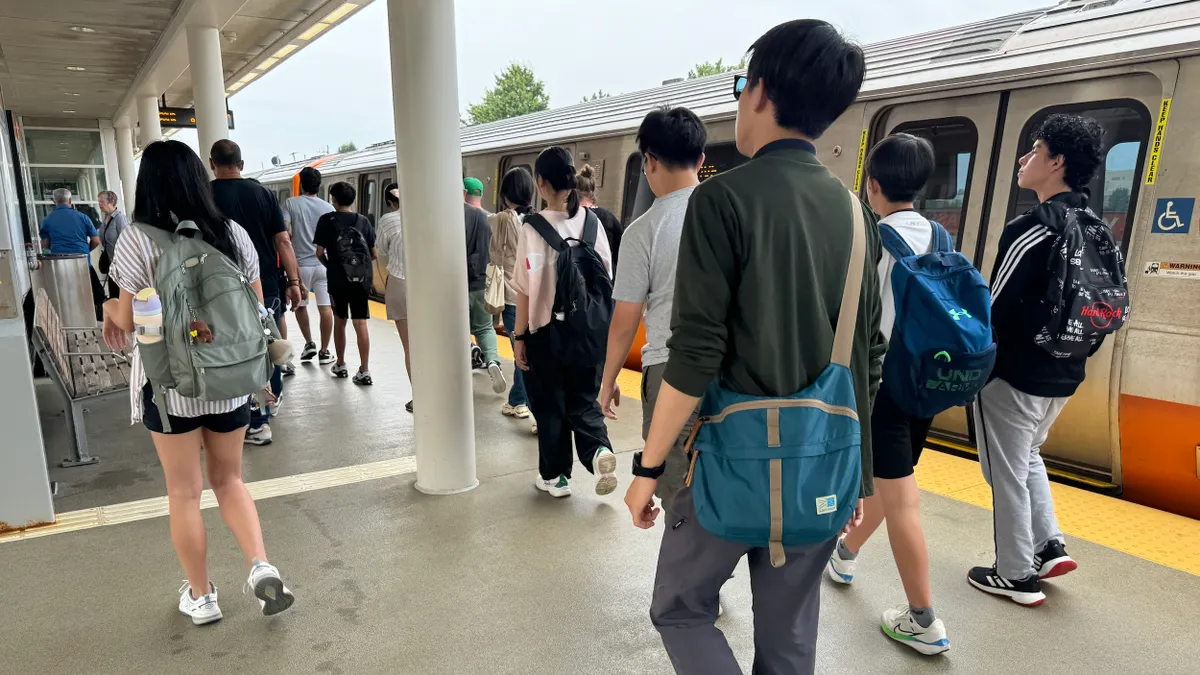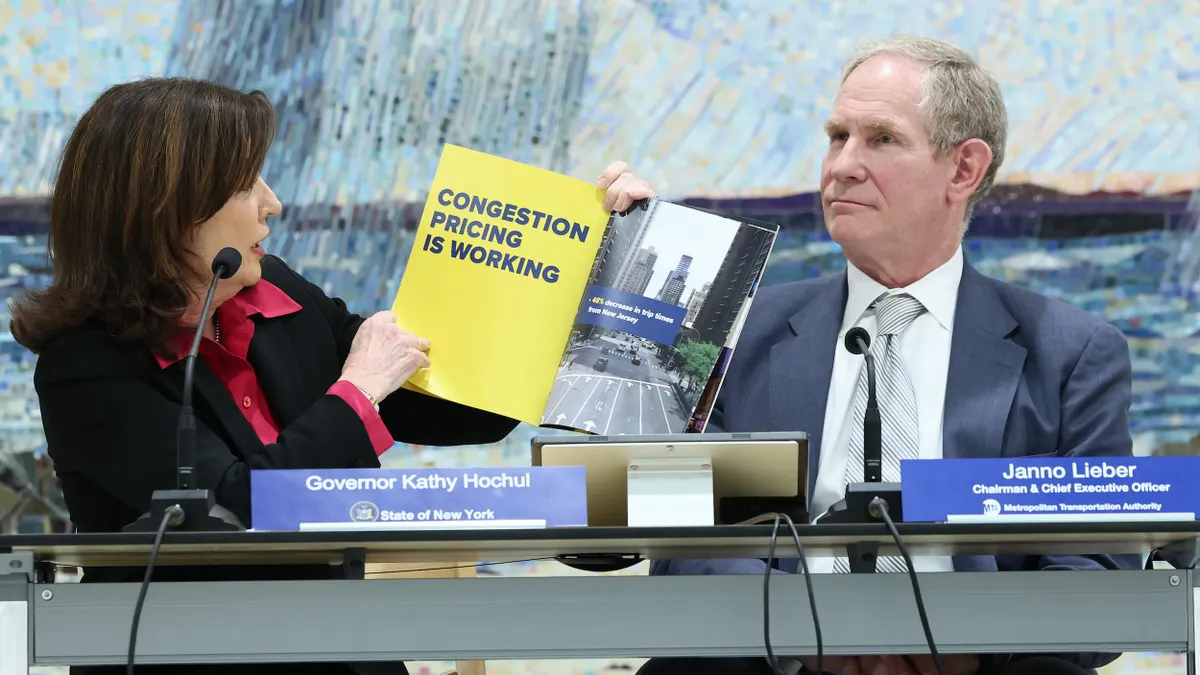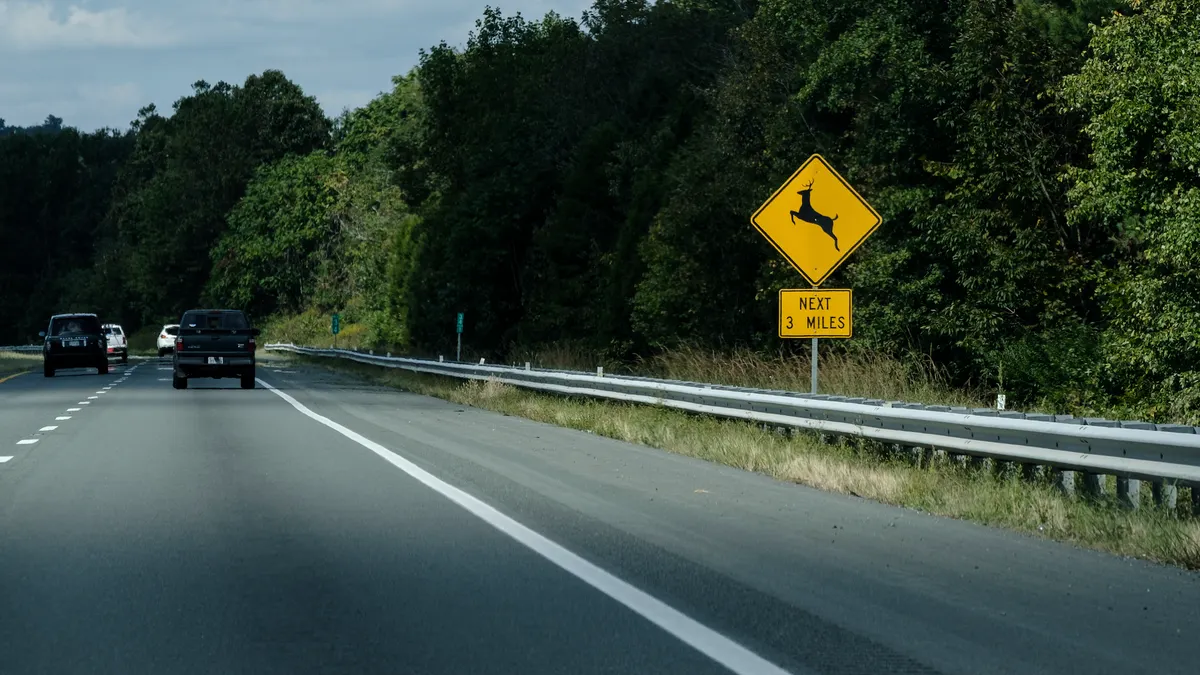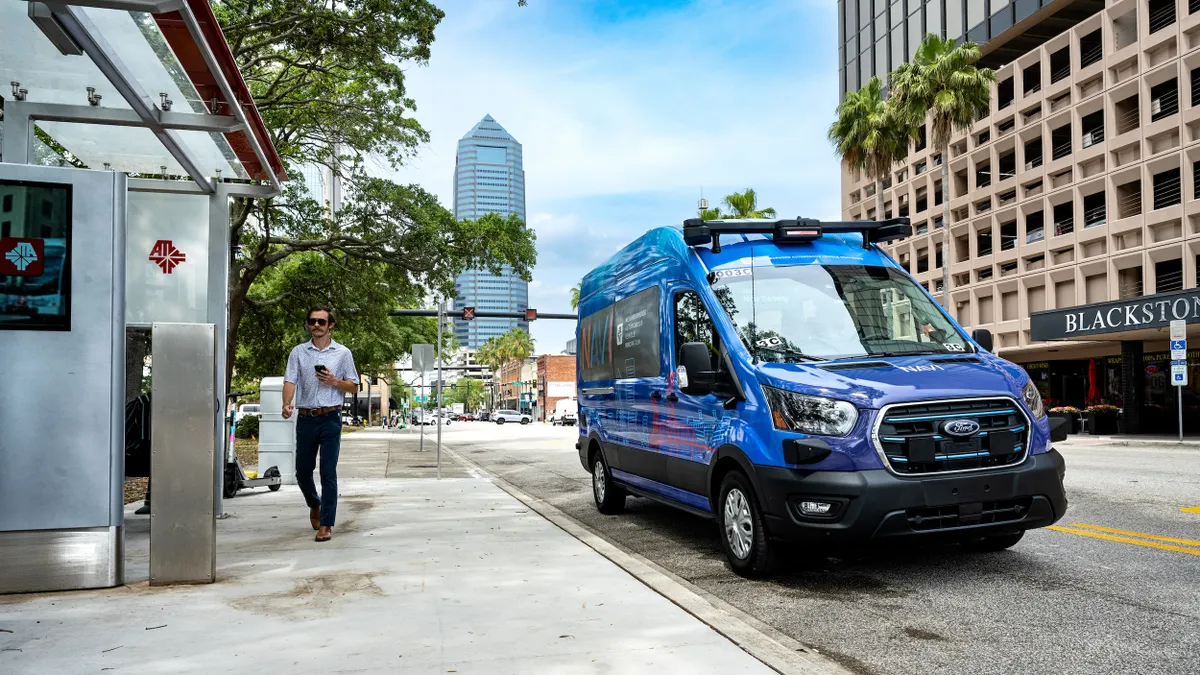Editor's Note: The following is a guest post from DeAnn Campbell, head of retail strategy and insights at Harbor Retail.
Urban planners and retailers are frantically trying to forecast trends and behaviors that will emerge on the other side of the COVID-19 pandemic. However, evolving from a crisis is nothing new: Some of cities' most impactful infrastructure improvements and behaviors were born from past pandemics.
The ravages of cholera and typhoid in the 1890s brought us public trash collection, indoor plumbing and city sewage systems. A tuberculosis epidemic around the same time made spitting in public socially unacceptable. Even Alaska's Iditarod race was inspired by a dog sled relay to deliver medicine during a diphtheria outbreak.
It could be months, maybe years, before we see the full impact of COVID-19. But by examining trends that were already gaining momentum, we get a glimpse at how both retailers and cities must evolve.
I’ve worked in the retail industry for over two decades, so I've seen my fair share of parallels. The rise of the direct-to-consumer, online-only business model, for instance, was a huge shift for the global retail industry. Shoppers suddenly had a world of choices, and retailers had more competition than they ever thought possible. Today, buy online, pick up in-store (BOPIS) models are becoming a priority for retailers to survive this pandemic and thrive in its wake. Home delivery is also entering its golden age.
Before COVID-19, online purchasing surged in every sector, fueled by the siren call of instant shopping. To compete for market share, retailers hastened to offer ever faster delivery options, with 2019 being a tipping point.
Walmart began offering annual membership for same-day grocery delivery; Amazon Prime and Target expanded one-day and same-day delivery; and other retailers hastened to follow suit. In fact, adding delivery volume was a boon for direct-to-consumer retail, which accounted for 40% of sales growth in consumer packaged goods just last year.
And though many shoppers initially resisted buying groceries online, they’ve learned that online ordering is a time-saver — and the global quarantine caused this trend to skyrocket. This March, Instacart, Walmart Grocery, and Shipt saw their mobile order app downloads swell by 218%, 160% and 124%, respectively.
COVID-19 has caused us to leapfrog over late adopters to make rapid delivery a permanent behavior change. This isn't the birth of a new trend; it's simply expediting what was already inevitable. In the next decade, when shoppers think of a store like Target, they'll picture its website — not its physical location. I am by no means forecasting the end of brick and mortar, but the retail business model will flip to make digital the star of the show.
However, delivery’s rapid growth has outpaced any of its numerous environmental benefits — and it's poised to wreak havoc on our cities. This exposes a dark truth that keeps city planners and retail leaders up at night: Our urban streets aren’t designed to handle such an influx in deliveries.
Most cities were designed using residential travel metrics from a century ago — not the realities of today's tech-forward, delivery-fueled world. In New York City alone, more than 1.5 million packages are delivered daily, resulting in gridlock and pollution.
Likewise, stores and shopping centers weren’t designed to accommodate curbside pickup. Neighborhoods complain to civic leaders about the glut of delivery vans driving down residential streets daily, and lack of parking, one-way streets, and tight alleys only add to the problem.
Retailers are still struggling to adjust to changing consumer expectations. There's an enormous cost to changing a retail business model: adding distribution centers, altering operations to ship from stores, dealing with higher product returns, and expanding logistics — not to mention the costs of infrastructure and technology upgrades essential to fulfilling online orders. But if they don't make these changes right now, the cost is long-term sales losses.
The behaviors that emerge post-pandemic will require sweeping infrastructure changes far beyond the ability of cities or retailers to implement quickly, and the negative impacts will be felt by everyone. To mitigate this, retailers can partner with local convenience stores to hold deliveries for pickup, thus easing traffic on residential streets. Commercial landlords can also help brands and retailers place micro-distribution centers closer to communities.
Last year, Prologis built the country's first three-story warehouse in Seattle, with ramps to access the upper floors. Companies like Happy Returns are offering localized drop-off locations for product returns, then bundling them to send back to retailers in reusable bags. And Kroger partnered with Walgreens to offer more convenient grocery options.
Cities such as New York are also testing the closure of some streets to vehicles to open more space for pedestrians. With the permanent reality of more remote workers, urban planners must explore ways to add walking paths and bike lanes and accommodate increased activity within neighborhoods. These changes — if done in concert with big brands and retailers as well as neighborhood stores — could ease the impact and cost of our healthier new behaviors.
Out of the ashes of this pandemic, we have the potential to create an infrastructure that will allow a better quality of life and foster a stronger sense of community. And by working together, cities, retailers and citizens can reshape our world using a happier, healthier foundation.






